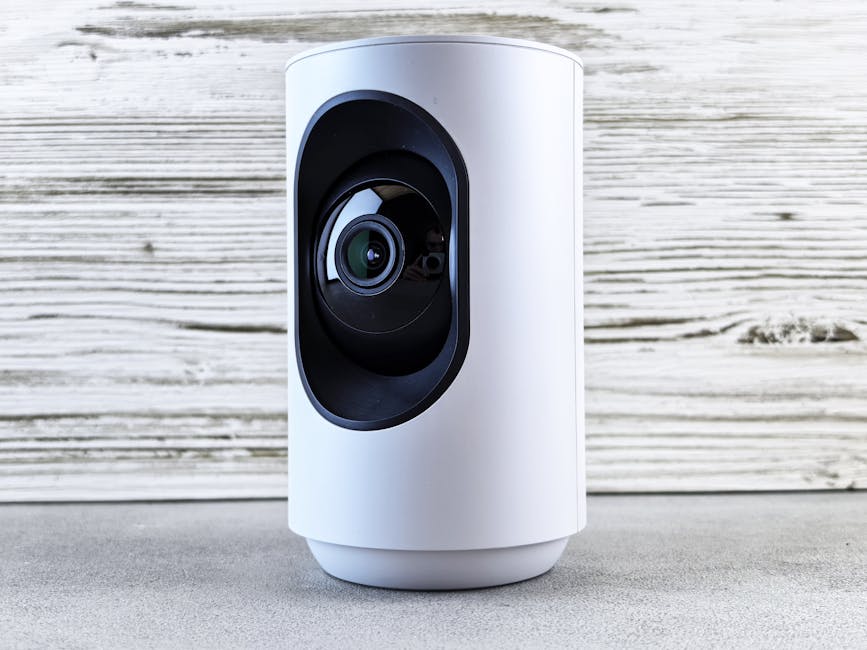In today’s hyper-connected world, the video doorbell, the remote-access camera, and the instant security alert are staples of modern urban living. We tap our smartphones to see who’s at the door, whether we’re in the next room or a different continent. But the conceptual blueprint for this technology wasn’t born in a Silicon Valley garage. Its foundation was patented over half a century ago, in 1969, by a Black couple from Queens, New York, driven by a simple, universal need: to feel safe in their own home.
Innovation Born from Necessity
Meet Marie Van Brittan Brown, a full-time nurse, and her husband, Albert Brown, an electronics technician. Living in a neighborhood with a rising crime rate and slow police response times, Marie often found herself home alone at odd hours due to her irregular work schedule. The simple act of answering the door carried a weight of anxiety, as she couldn’t see who was on the other side without putting herself at risk.
Unwilling to accept this vulnerability, Marie didn’t just worry; she innovated. Drawing on her husband’s electronics expertise, she conceived a system that was truly ahead of its time. It was the first iteration of what we now know as a closed-circuit television (CCTV) home security system.
The Blueprint for Modern Security: What Did They Invent?
The Browns filed a patent in 1966 for an invention that was a marvel of foresight. Their system consisted of four key components that are strikingly familiar to anyone who owns a smart doorbell today:
- A Motorized Camera: A camera attached to a motor on the interior of their front door could slide up and down to look through four different peepholes, allowing them to view visitors of any height.
- A Video Monitor: The live camera feed was projected onto a television monitor inside the house. This meant Marie could safely and conveniently see who was at her door from any room where a monitor was placed.
- Two-Way Communication: The system included a microphone and speaker, enabling the Browns to speak with the person outside without ever opening the door.
- Remote and Emergency Functions: Perhaps most revolutionary was the inclusion of a remote control to unlatch the door from a safe distance and an emergency panic button that would instantly send an alarm signal to the police.
This is the fundamental DNA of every Ring, Google Nest, and smart security system on the market. The Black couple patented the foundation of modern home security systems in 1969, conceptualizing the entire framework decades before it became mainstream.
A Patent That Shaped an Industry
On December 2, 1969, their ingenuity was officially recognized when they were granted U.S. Patent 3,482,037. An article in The New York Times at the time highlighted their groundbreaking invention, but widespread commercial success for the couple themselves remained elusive. The technology was simply too complex and expensive for the average household back then.
However, their legacy isn’t measured in personal profit, but in profound, lasting impact. Marie and Albert Brown’s patent became a foundational document, cited in at least 32 subsequent patent applications for similar security technologies. They laid the groundwork for an entire industry dedicated to home and small business security.
The Unsung Legacy of Marie and Albert Brown
The story of Marie Van Brittan Brown is a powerful testament to innovation born from necessity. She was not a trained engineer or a corporate inventor; she was a nurse who identified a critical problem and engineered a brilliant solution. Her work reminds us that groundbreaking ideas can come from anyone, anywhere.
So, the next time you glance at your video doorbell or get a motion alert on your phone, remember Marie and Albert Brown—the visionary couple from Queens who were decades ahead of their time, patenting peace of mind for generations to come.




